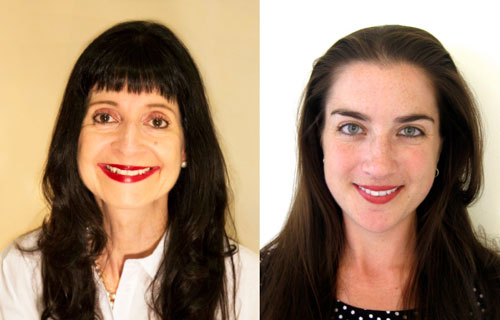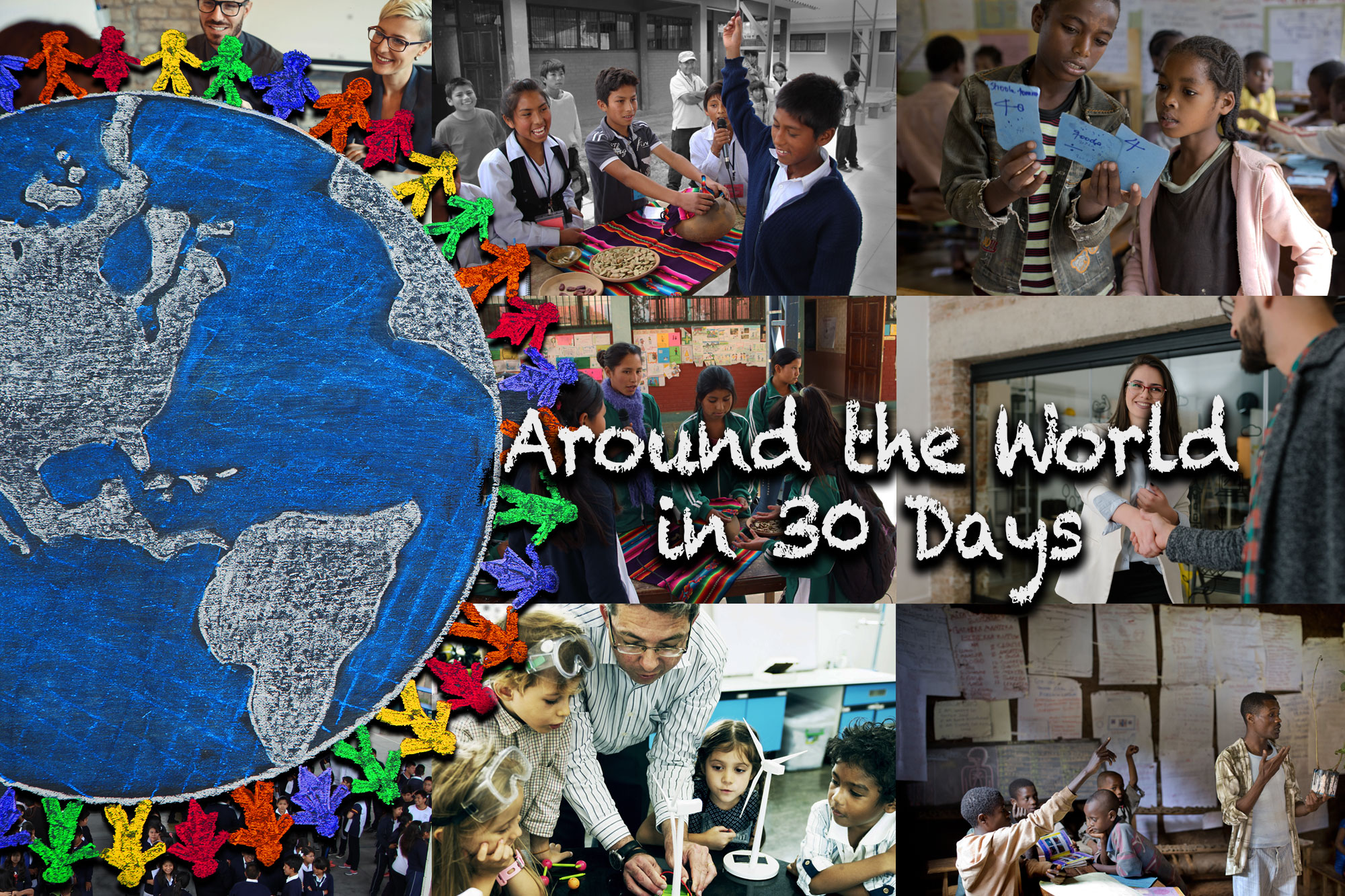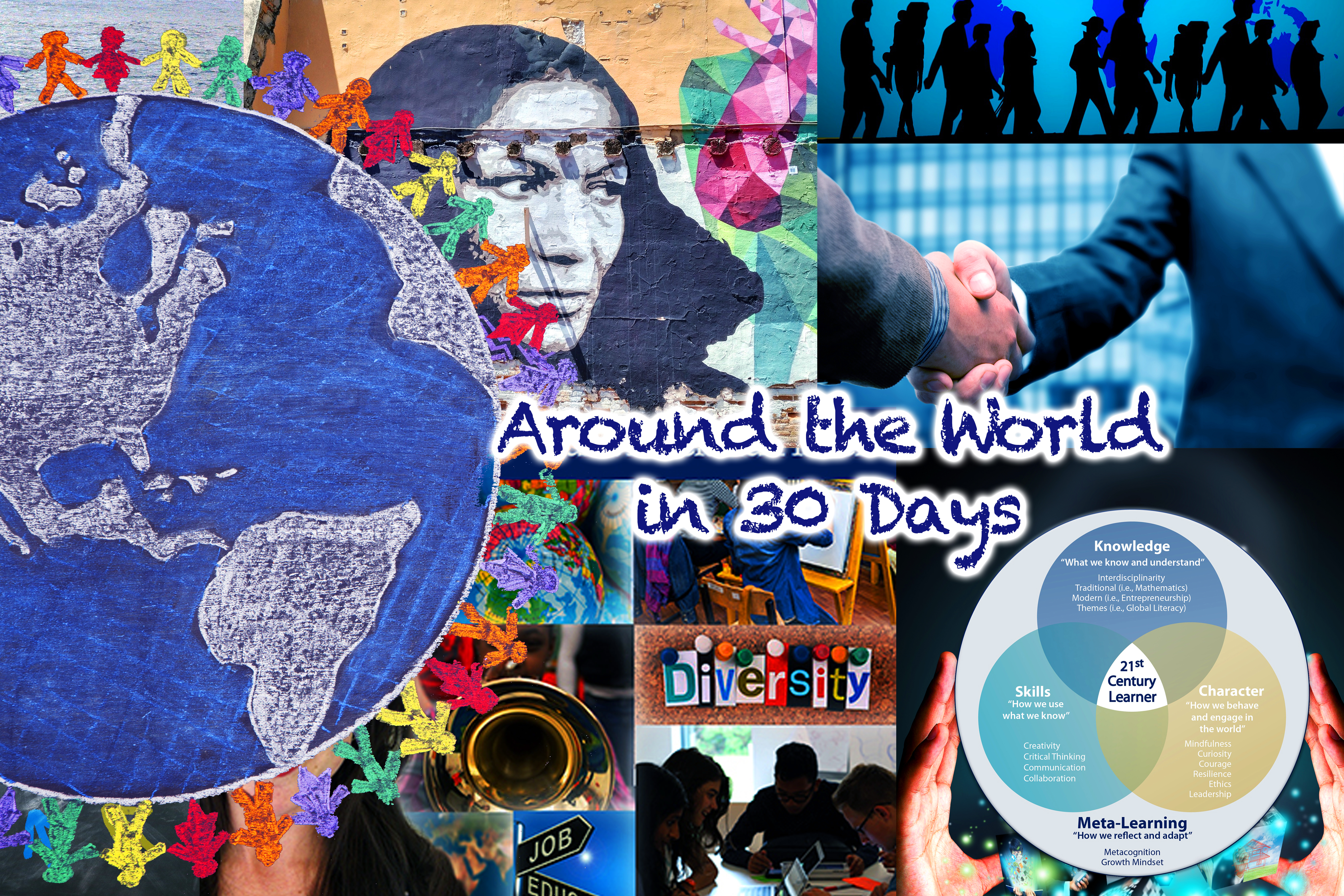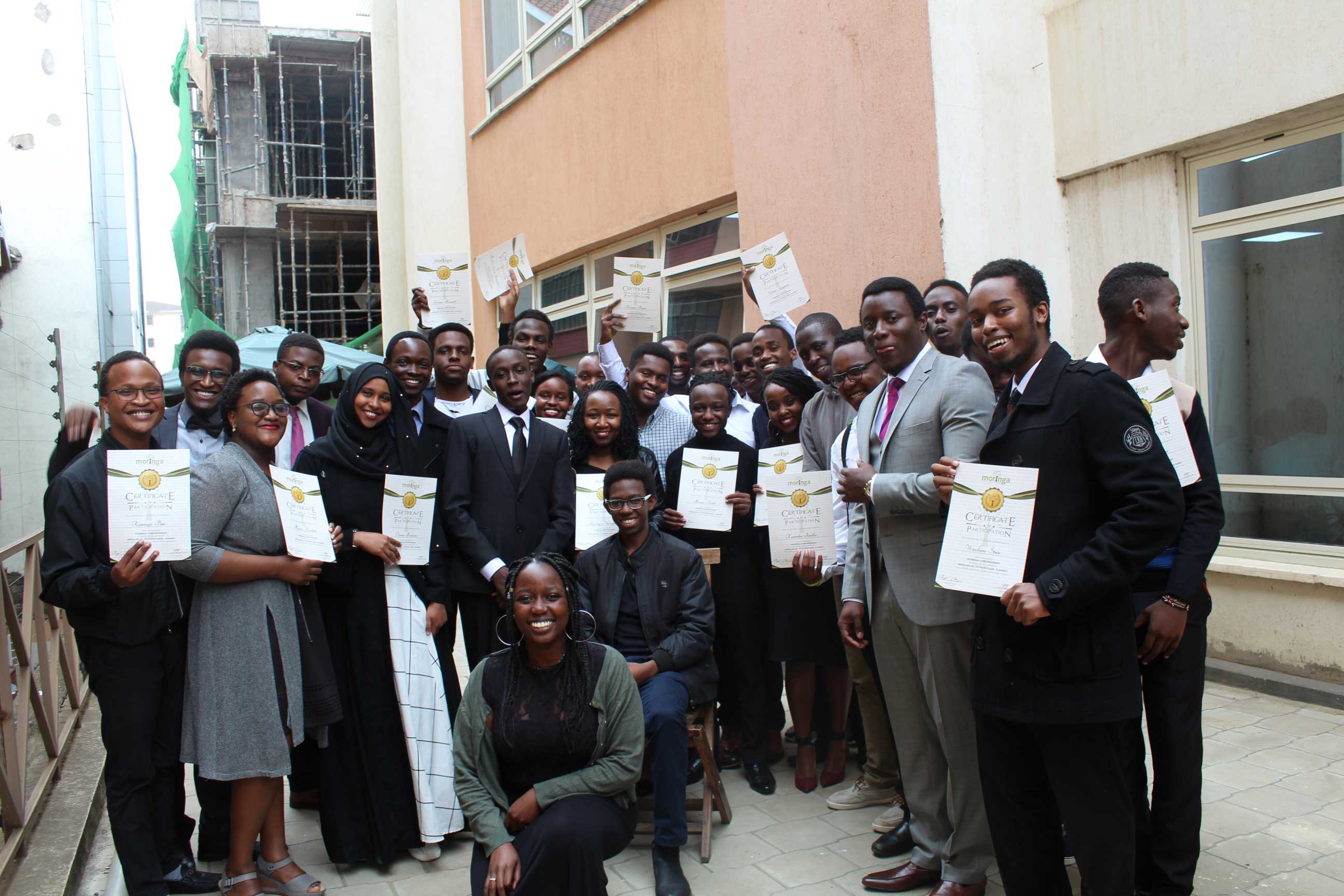
“The real challenge facing schools is more about the resources they can dedicate to investing in students’ networks, and the processes that could allow more students out of schools and more outsiders into schools.” – Julia Freeland Fisher
When it’s time to find employment in the real world, relationships are critical. In fact, according to Julia Freeland Fisher, research suggests that an estimated “fifty percent of jobs come through personal connections.” Freeland believes education systems are so focused on what students should learn that they “end up ignoring who students know–their social capital.”
Julia is the Director of Education Research at the Clayton Christensen Institute. She is also the Author of Who You Know – Unlocking Innovations that Expand Student Networks. Her book explores ways to help teachers and school administrators break the pattern of inequality in American classrooms. She joins us in The Global Search for Education today to discuss how schools can increase social mobility for their students by investing in the power of real world relationships.
“Schools should take stock of the social assets at their disposal in and around their community.” – Julia Freeland Fisher
Julia, what motivated you to write your book?
For a long time I’ve felt that education reformers and policymakers weren’t talking openly enough about how much relationships matter to opportunity. Most young adults discover this when they wander out into the real world looking for jobs. And adults often confront the importance of networks over the course of their working lives, particularly if they are looking to make a career change.
This came into sharper focus when I joined the Christensen Institute five years ago and began studying the edtech sector and the innovative schools integrating technology into their approach to instruction. Most of the tools we were looking at were content and assessment tools. Beyond the education sector, however, technology advances of the past decade have made communications fairly affordable and seamless–from text all the way up to video chat. But when I looked at the dominant trends in the edtech market, edtech that connected students to new mentors or experts was the exception, not the rule.
Based on these observations I began documenting innovations that were doubling down on relationships in students lives, both by investing in existing connections to strengthen them, and by unlocking new connections in students lives. This book summarizes what we found and what we believe, based on our theories of innovation, will enable a more networked model of school.
What surprised you most during the course of your research for this book? Be honest!
I like this question! Two things come to mind–the first theoretical and the second quite personal.
First, I started out thinking I was writing a book about technology. But about halfway through I realized technology was never the question at hand. In 2018 we are awash in sophisticated tools that can connect us at the press of a button. The real challenge facing schools is more about the resources they can dedicate to investing in students’ networks, and the processes that could allow more students out of schools and more outsiders into schools. So part way through it morphed into a book about institutional designs. Specifically we end the book considering what it would mean for schools to innovate in ways that privilege relationships as outcomes unto themselves. From there, we posit, they will innovate in ways that ensure that every student has both a web of support and also inroads into an array of professional networks.
Second, personally I was surprised by people’s reaction when I told them I was going to write the book with my husband, Daniel. Some close friends were understandably wary about what that might mean for our marriage – it survived! But the more troubling response I got from colleagues was that if I included Daniel’s name on the book “It will look like you couldn’t do this without your husband’s help.” Today I can say that they were absolutely correct. As a truly joint effort, the book became a testament to its very topic: we don’t accomplish things alone in life. Writing a book is no different. And I so appreciate how working alongside Daniel forced me to ask tougher questions, explore new channels, and ruthlessly edit down our prose.
“Schools should be creative regarding the circumstances in which technology has a competitive advantage to expand access to new connections.” – Julia Freeland Fisher
Who are the innovators working to address the issues of social capital?
We profile three main categories of innovators in the book: entrepreneurs and school leaders building wraparound services models that integrate deep, caring relationships into students lives like Boston-based City Connects; entrepreneurs building tech that can diversify students’ networks like Student Success Agency, Nepris, and Granny Cloud; and schools that are using instructional models and curriculum designed to delibately expand students’ networks like Big Picture Learning schools, Summit Public Schools, and Virtual Learning Academy Charter School (VLACS). In all of these models, stronger, more diverse relationships are a core ingredient and deliberate outcome.
In an effort to continue to capture examples as we discover them we also created a free, searchable database as a companion to the book at www.whoyouknow.org. On that site, educators and investors can search for the latest tools we’re discovering in the space. Our hope is to eventually start to profile school models designed to enrich student networks on that site as well.

“Schools should monitor the quality of student networks, both in terms of ensuring access and also ensuring that relationships are positive and productive.” – Julia Freeland Fisher
What tips do you suggest for schools to take advantage of these movers and shakers?
Like I said, this is a design challenge–schools weren’t designed to be networking hubs. To move in that direction, there are few key design principles that any school aiming to enrich student networks should keep in mind.
Firstly, start with assets. Schools should take stock of the social assets at their disposal in and around their community. Oftentimes parents and community members can lend their own networks to schools, but schools are ill-designed to take full advantage of these due to time and cost constraints.
Secondly, expand learning & connecting pathways. To best leverage these assets, schools should commit to exploring what we call ‘slots’ that could be added to the basic design of school. These slots represent pathways through which students can learn, but also pathways through which outsider adults–experts, tutors, mentors, community members–can participate. These can consist of everything from guest speaker models–both in person and over video–to internship and job shadow programs.
Thirdly, leverage technology to expand access & curb costs. Expanding access to new learning pathways and relationships is all well and good, but could be cost prohibitive. And even in geographies rich with social assets, there will be network gaps that prove challenging to fill. Schools should be creative regarding the circumstances in which technology has a competitive advantage to expand access to new connections. One of our ah-ha’s in the research is that technology may not be the best for mediating close, caring relationships but it holds truly disruptive potential when it comes to seeding what sociologists call ‘weak ties’–or brief connections–with new people, especially those whom students might otherwise not meet.
Finally, monitor trust, not just quantity of connections. Schools should monitor the quality of student networks, both in terms of ensuring access and also ensuring that relationships are positive and productive. One of those risks is that new tools start to scale connections without scaling trust and empathy. To monitor the quality of student-adult relationships there are some leaders in the space that schools should be aware of. The Search Institute and America’s Promise Alliance are both producing great research on caring and developmental relationships. Harvard’s Making Caring Common project and Empatico also offer great resources.
Your message to the current and next generation of learners. What do you suggest youth do to help?
Keep emphasizing how much relationships matter to them! Students’ voices will force adults to see how young people experience relationships through their own eyes. With the rising tide of personalized learning, it’s become quite fashionable to have student panels at education conferences. Each and every time, I hear young people talking not about new-fangled tests or elaborate learning pathways, but about the relationships they are experiencing. Young people sharing their own stories can force the adults in the system to remember to keep relationships at the center of this work.
C. M. Rubin and Julia Freeland Fisher
Join me and globally renowned thought leaders including Sir Michael Barber (UK), Dr. Michael Block (U.S.), Dr. Leon Botstein (U.S.), Professor Clay Christensen (U.S.), Dr. Linda Darling-Hammond (U.S.), Dr. MadhavChavan (India), Charles Fadel (U.S.), Professor Michael Fullan (Canada), Professor Howard Gardner (U.S.), Professor Andy Hargreaves (U.S.), Professor Yvonne Hellman (The Netherlands), Professor Kristin Helstad (Norway), Jean Hendrickson (U.S.), Professor Rose Hipkins (New Zealand), Professor Cornelia Hoogland (Canada), Honourable Jeff Johnson (Canada), Mme. Chantal Kaufmann (Belgium), Dr. EijaKauppinen (Finland), State Secretary TapioKosunen (Finland), Professor Dominique Lafontaine (Belgium), Professor Hugh Lauder (UK), Lord Ken Macdonald (UK), Professor Geoff Masters (Australia), Professor Barry McGaw (Australia), Shiv Nadar (India), Professor R. Natarajan (India), Dr. Pak Tee Ng (Singapore), Dr. Denise Pope (US), Sridhar Rajagopalan (India), Dr. Diane Ravitch (U.S.), Richard Wilson Riley (U.S.), Sir Ken Robinson (UK), Professor Pasi Sahlberg (Finland), Professor Manabu Sato (Japan), Andreas Schleicher (PISA, OECD), Dr. Anthony Seldon (UK), Dr. David Shaffer (U.S.), Dr. Kirsten Sivesind (Norway), Chancellor Stephen Spahn (U.S.), Yves Theze (LyceeFrancais U.S.), Professor Charles Ungerleider (Canada), Professor Tony Wagner (U.S.), Sir David Watson (UK), Professor Dylan Wiliam (UK), Dr. Mark Wormald (UK), Professor Theo Wubbels (The Netherlands), Professor Michael Young (UK), and Professor Minxuan Zhang (China) as they explore the big picture education questions that all nations face today.
The Global Search for Education Community Page
C. M. Rubin is the author of two widely read online series for which she received a 2011 Upton Sinclair award, “The Global Search for Education” and “How Will We Read?” She is also the author of three bestselling books, includingThe Real Alice in Wonderland, is the publisher of CMRubinWorld and is a Disruptor Foundation Fellow.
Follow C. M. Rubin on Twitter: www.twitter.com/@cmrubinworld








Recent Comments